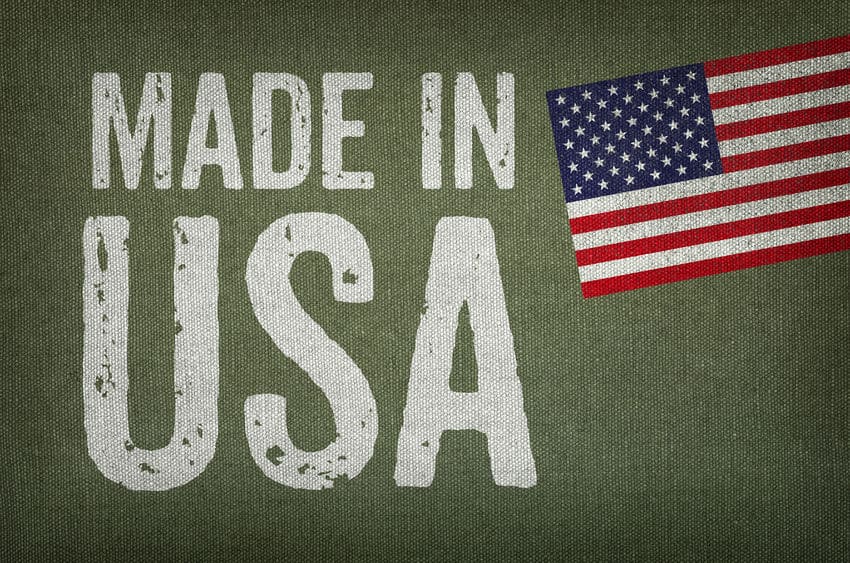Is the craft beer trend never ending? Or is it running out of steam? This is sure to be a hot topic at the Craft Brewers Conference 2018 between 30 April and 3 May.
It is certainly true that the US beer market is declining overall. But the market for craft beer is continuing to grow – both in volume and value – only slower. From double-digit growth between 2013 and 2015, it experienced a comparatively modest increase of just six percent in 2016. Sales of craft beer in that year comprised a volume of 28.8 million hectoliters, corresponding to a market volume of 12.3 percent.
Back to the beer: Taprooms and premiumization
Taprooms, for example, offer a great opportunity for brewers to sell their beer themselves. The Brewers Association reckons that 2.7 million hectoliters of beer were sold in such establishments in 2017 – that’s 10 percent of total craft beer sales. The key to success is to concentrate on the beer itself, without frills and without expensive kitchen facilities. Instead, a food truck is often parked outside taprooms where guests can satisfy their hunger. That saves money, which owners can instead invest in their range of craft beers.
A further growth driver in the global beer market is premiumization: Beer drinkers are increasingly attaching importance to more full-bodied beers made by small and independent, local producers. In addition, many consumers are constantly searching for new tastes, exciting beer variations and culinary trends. This is one reason why in the USA, new beer styles are booming, while traditionally brewed beer is in decline. Moreover, millennials, who form the largest demographic group for craft beer, identify more with brands than previous generations. This development suits beers with “personality” down to the ground. And that not only applies to the USA: As experience has shown, it does not take long for American beer trends to catch on in the rest of the world – first in Brazil, then of course Europe led by Norway.
Sour beer
Sour beer has a long tradition in Europe and is becoming increasingly popular in the USA, where it is also called “wild ale”. In Germany it is known as Berliner Weisse or Gose, in Belgium as beers with a fruit aroma that are spontaneously fermented; in this case, fruit is traditionally added to the tank. Brewers in the USA have copied and perfected this traditional sour beer style and make beers that are reproducible – unlike traditional spontaneously fermented beer that is not reproducible and is always slightly different. As well as micro-bacteria, brewers use special malts – chit malt, wheat malt, rye malt and spelt malt – which are all available from BESTMALZ. As its name suggests, sour beer tastes slightly acidic and is particularly light. As such, it perfectly suits a further trend: seasonal beer. After all, sour beer is an ideal summer drink. Its taste ranges from tangy, restrained citrus to intensively acidic.
New England IPA or North East Coast IPA
IPA is still a door opener when it comes to craft beer, but this classic beer style is now being joined from within its own ranks. “IPAs will further diversify and not only comprise only one sort in future, but rather act as a platform for innovation,” sums up Bob Pease, CEO of the Brewers Association. One variant that is becoming increasingly popular is New England IPA, also known as North East IPA, or NEIPA for short. NEIPA was invented on the East Coast of the US and can be brewed with oat malt or spelt malt, for example. This beer style is usually unfiltered, but is more fruity, viscous and intensive than conventional IPAs, making it an attractive alternative for craft beer enthusiasts.
Czech-style beer
Taking time to develop excellent products with great care and loving attention to detail – this is also important in the preliminary stages of beer brewing. One example is the trend toward Czech-style beer, which is brewed with floor-malted malt, among other things. This type of malt requires a great deal of manual work and patience, as it is spread on the threshing floor to germinate, and has to be turned regularly with a rake. This longer, natural process produces malt that gives the beer a special, distinct character.
BESTMALZ at the Craft Brewers Conference: Where the experts meet
Our special and functional malts are ideal for these and other interesting beer styles. At the Craft Brewers Conference in Nashville, we will be happy to answer any questions about all of our malts, and also provide tips.
You can find us at the CBC from 30 April – 03 May 2018 at booth 932. We look forward to seeing you! www.craftbrewersconference.com

